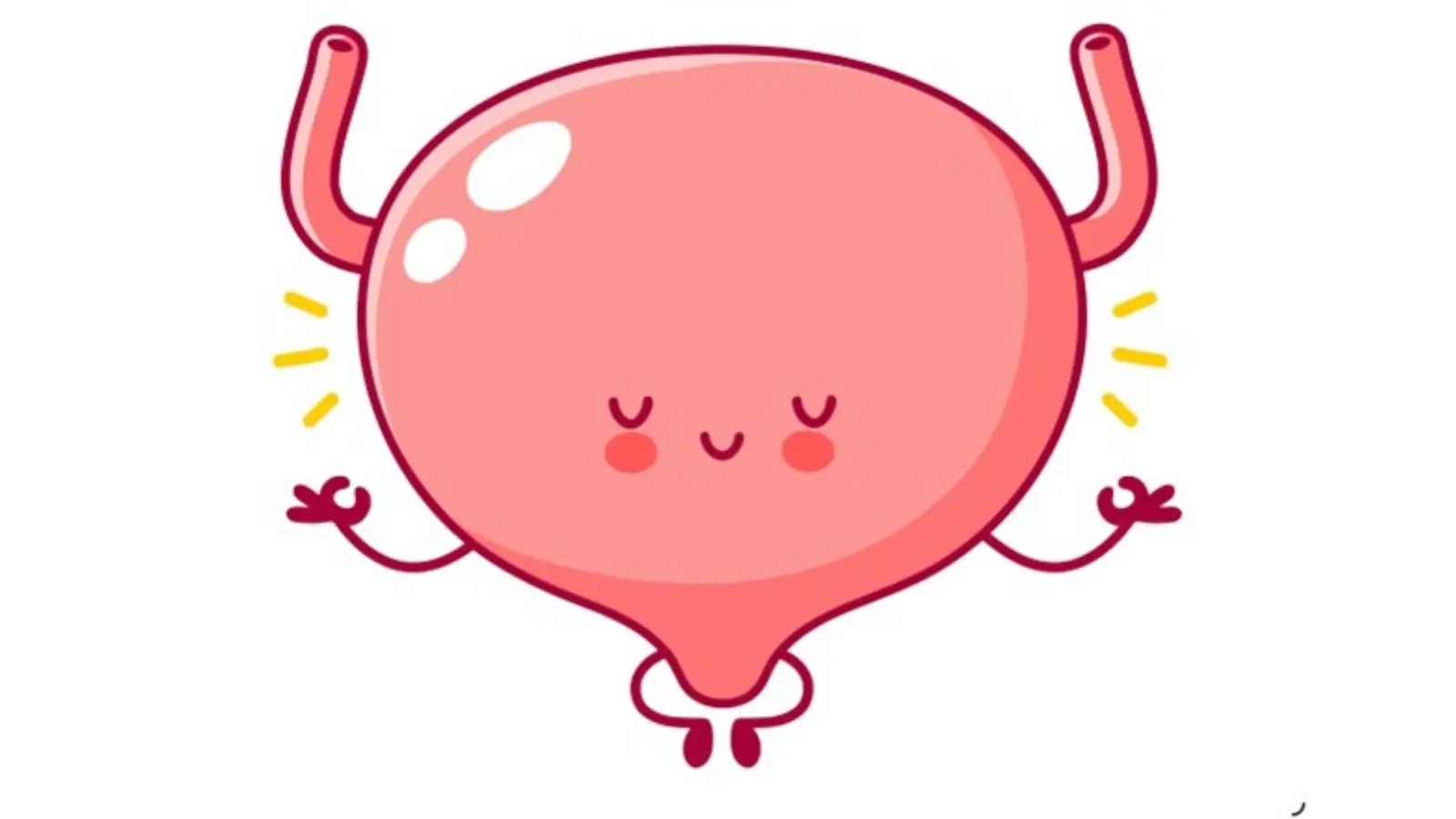


By Dr. Rich Bevan-Thomas, M.D., Urologic Surgeon and Partner at Urology Partners of North Texas
For many women, it starts quietly — a sudden urge on the way to the store, a laugh that leads to a leak, or that constant worry about finding the nearest bathroom wherever you go.
Overactive bladder (OAB) affects millions of women, yet far too many still believe it’s just a normal part of aging. The truth? It’s common — but not normal. And the good news is, it’s also highly treatable.
Overactive bladder happens when the bladder muscles contract too often or at the wrong times, creating the sudden urge to urinate — sometimes with leakage, sometimes without.
Many women describe it as their bladder “having a mind of its own.” These urges can disrupt work, travel, sleep, intimacy, and confidence — but they’re not something you have to live with.
“We see women every week who have been dealing with these symptoms for years,” says Dr. Geoffrey Nuss, a urologist at Urology Partners of North Texas who specializes in female pelvic and bladder health. “Overactive bladder is incredibly common, but it’s not something women should just accept. The treatments today are remarkably effective.”
While OAB becomes more common with age, it’s not caused by aging itself.
Several factors can contribute to bladder overactivity, including:
In many cases, there isn’t just one cause — which is why a comprehensive evaluation is essential to finding the right treatment.
“Every woman’s bladder behaves a little differently,” explains Dr. Nuss. “For some, it’s muscle overactivity. For others, it’s nerve misfiring or weakened pelvic support. Our goal is to identify why the bladder is overactive — not just treat the symptom.”
For many women, the hardest part of overactive bladder isn’t physical — it’s emotional. Constantly planning your life around bathroom breaks or worrying about accidents can take a toll on confidence, relationships, and even sleep.
That’s why modern treatment focuses not only on bladder control, but on restoring quality of life.
“When women start sleeping through the night again or stop worrying about where the next restroom is, you can see their confidence come back,” says Dr. Nuss. “That’s what makes treating OAB so rewarding — it changes how people live day to day.”
The good news: Today’s overactive bladder treatments are far more effective — and far less invasive — than ever before.
At UPNT, treatment is personalized to each woman’s symptoms, anatomy, and lifestyle. Options include:
The first step often involves simple but powerful strategies — identifying bladder irritants (like caffeine, alcohol, or artificial sweeteners), adjusting fluid timing, and retraining the bladder. Many women also benefit from pelvic floor physical therapy, which strengthens the muscles that support the bladder.
Prescription medications can calm the bladder muscle and reduce urgency or frequency. These are typically used when lifestyle changes aren’t enough.
For women who don’t respond to medication, several innovative treatments are available:
Each of these options can significantly improve symptoms and quality of life with minimal recovery time.
“The great thing about these modern therapies,” Dr. Nuss explains, “is that we can match the treatment to each woman’s comfort level and medical needs. It’s no longer one-size-fits-all.”
Primary care physicians often start the evaluation, but a urologist — particularly one who focuses on female bladder health — can perform specialized testing to pinpoint the cause of symptoms.
Testing may include:
This ensures an accurate diagnosis and a treatment plan that’s truly customized to each patient.
Overactive bladder can be life-altering, but it’s also highly manageable with the right care. The first step is understanding that leakage and urgency aren’t inevitable — they’re treatable.
“Once women realize there are real, effective options, the relief is almost immediate,” says Dr. Nuss. “You don’t have to live your life around your bladder — you can take control of it again.”
For women in the Dallas–Fort Worth area seeking advanced evaluation and personalized care for bladder symptoms, the physicians at Urology Partners of North Texas offer expertise in overactive bladder diagnosis and treatment — from conservative therapy to advanced nerve stimulation and Botox options.
To learn more, visit Urology Partners of North Texas.